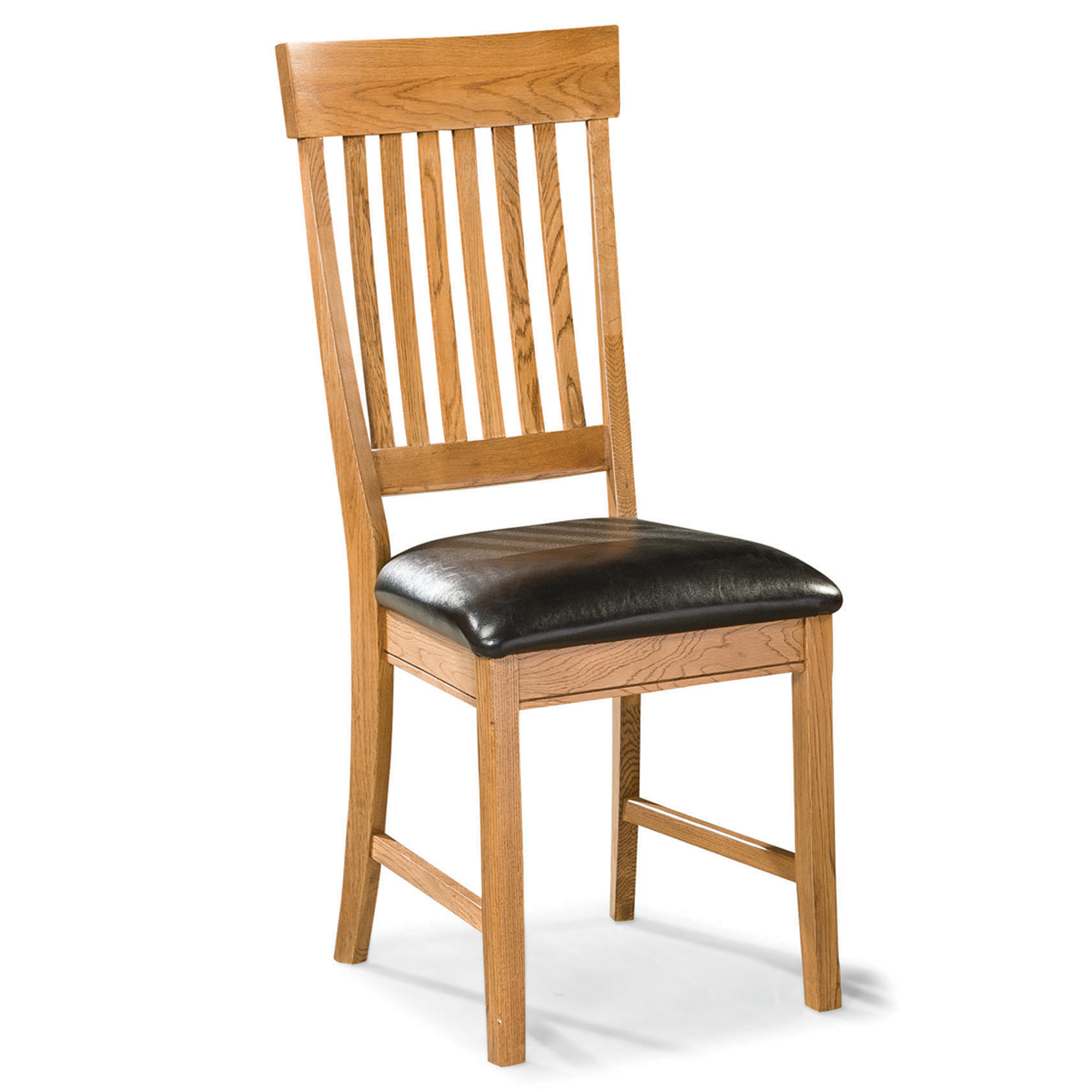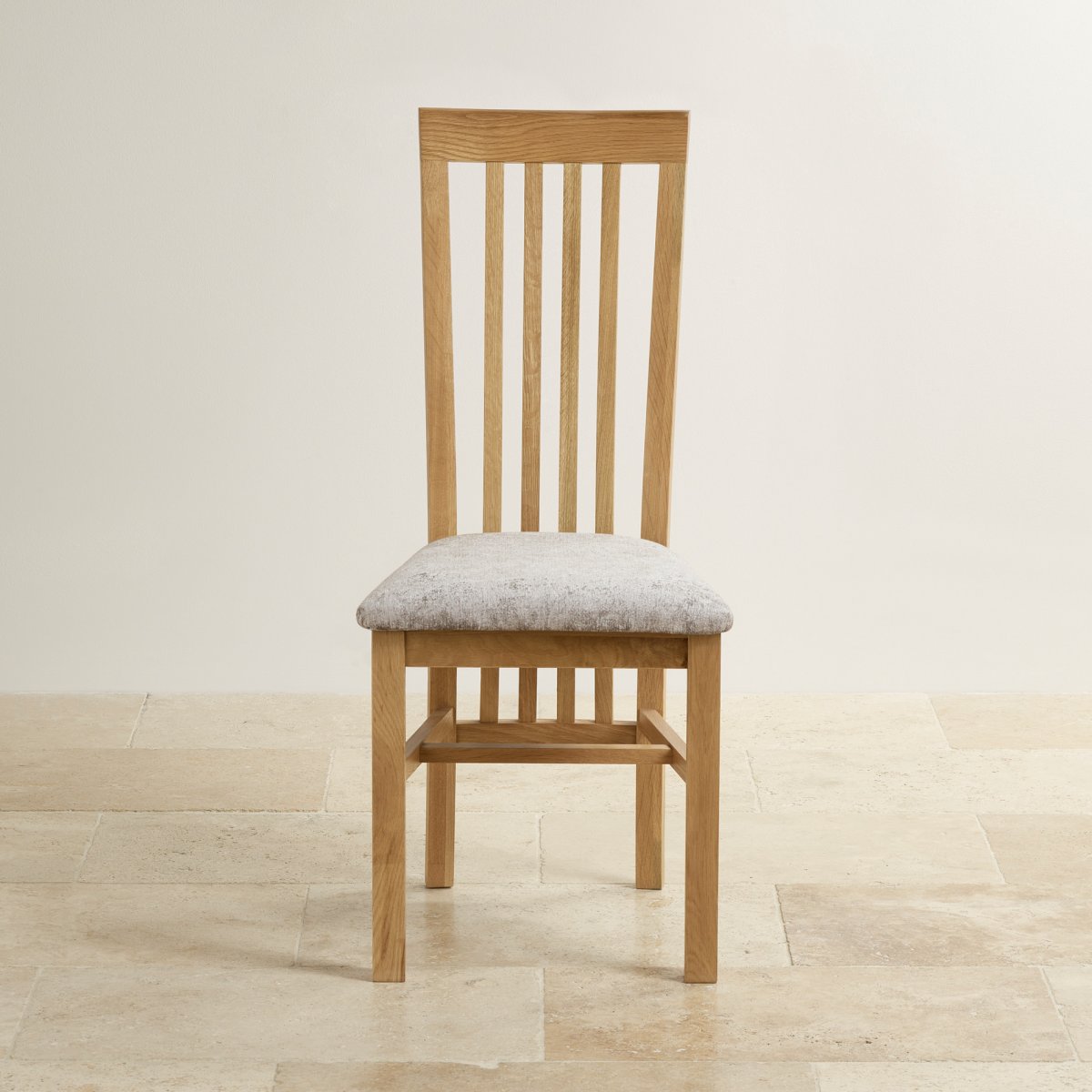History and Evolution of the Horizontal Slat Back Chair

The horizontal slat back chair, a design characterized by its simple yet elegant construction, boasts a rich history spanning centuries and continents. This enduring chair type has evolved alongside human ingenuity and cultural preferences, reflecting changing aesthetics, materials, and manufacturing techniques.
Early Forms and Origins
The origins of the horizontal slat back chair can be traced back to ancient civilizations, where simple forms of seating were crafted from readily available materials. In ancient Egypt, for example, chairs were often constructed using woven reeds or papyrus, while in ancient Greece and Rome, chairs were made from wood with simple slat backs. These early forms were often utilitarian, providing basic support and comfort.
Medieval and Renaissance Developments, Horizontal slat back chair
During the Middle Ages, the horizontal slat back chair gained popularity in Europe, particularly in regions with abundant forests. The use of wood became more widespread, and chair designs evolved to incorporate more elaborate details and decorative elements. The “X-frame” chair, featuring a cross-shaped frame for support and stability, emerged as a common design in the 14th and 15th centuries. These chairs were often adorned with carvings, painted surfaces, and fabric upholstery, reflecting the growing sophistication of the period.
The 18th Century and the Rise of the Windsor Chair
The 18th century saw a significant shift in furniture design, with the rise of the “Windsor chair” as a prominent example of the horizontal slat back chair. Originating in England, the Windsor chair combined simplicity and functionality with distinctive design elements, such as a curved, saddle-shaped seat and a back crafted from a series of horizontal slats. The slats were typically made from wood, such as ash or elm, and were often arranged in a curved or bowed shape, providing both structural support and aesthetic appeal.
19th Century Innovations
During the 19th century, industrialization and the development of new manufacturing techniques led to further innovations in chair design. The use of steam-bent wood allowed for more complex curves and shapes, leading to chairs with more refined silhouettes. The rise of mass production also made chairs more accessible to a wider range of consumers. Notable examples from this period include the “Stickley chair,” which featured a distinctive “mission” style characterized by its simplicity and emphasis on natural materials.
20th Century and Beyond
The 20th century saw a continued evolution of the horizontal slat back chair, with designers exploring new materials and manufacturing processes. The use of metal, plastic, and other synthetic materials introduced new possibilities for design and functionality. Modern interpretations of the horizontal slat back chair often feature minimalist aesthetics, streamlined silhouettes, and a focus on comfort and ergonomics.
Notable Examples of Horizontal Slat Back Chairs
- The Windsor Chair: This iconic chair, dating back to the 18th century, embodies the essence of the horizontal slat back design. Its curved seat, horizontal slats, and turned legs have made it a timeless classic.
- The Stickley Chair: A hallmark of the Arts and Crafts movement, the Stickley chair showcases the horizontal slat back in a minimalist and functional style. Its sturdy construction and emphasis on natural materials reflect the movement’s ideals of craftsmanship and simplicity.
- The Eames Lounge Chair: Designed by Charles and Ray Eames in the mid-20th century, this chair features a distinctive horizontal slat back that provides both support and visual interest. The Eames Lounge Chair represents a fusion of modernism and comfort, reflecting the era’s focus on innovation and functional design.
Design and Construction of Horizontal Slat Back Chairs

Horizontal slat back chairs are renowned for their simple yet elegant design, which seamlessly blends functionality and aesthetics. The horizontal slats, the defining feature of this chair type, play a crucial role in providing support and shaping the overall visual appeal.
Materials and Construction Techniques
The materials and construction techniques employed in crafting horizontal slat back chairs significantly influence their durability, style, and overall character.
- Wood Types: A wide variety of wood species are used in the construction of horizontal slat back chairs, each contributing unique properties and aesthetic qualities.
- Hardwoods: Hardwoods like oak, maple, cherry, and walnut are highly prized for their strength, durability, and attractive grain patterns. These woods are often used for the frame, legs, and slats, ensuring the chair’s longevity.
- Softwoods: Softwoods such as pine, cedar, and fir are known for their affordability and ease of working. They are commonly used for the slats, providing a lighter and more delicate aesthetic.
- Finishes: The finish applied to a horizontal slat back chair plays a crucial role in its aesthetic appeal and protection.
- Natural Finishes: Natural oil finishes, such as tung oil or linseed oil, enhance the wood’s natural beauty while providing a protective layer.
- Stains: Stains are used to alter the wood’s color, creating a range of hues and highlighting the grain patterns.
- Paints: Paint can be used to create a bold and vibrant look, allowing for a wide range of color choices.
- Joinery Techniques: The joinery techniques employed in constructing horizontal slat back chairs ensure the chair’s structural integrity and longevity.
- Mortise and Tenon: This traditional joinery technique involves creating a precisely fitted mortise (hole) in one piece of wood and a tenon (projection) on the other, creating a strong and durable joint.
- Dovetail: Dovetail joints, characterized by their interlocking shape, provide exceptional strength and prevent the joint from pulling apart.
- Glue: Wood glue is commonly used to reinforce joints, ensuring a secure bond between the various components.
Variations in Design
The design of horizontal slat back chairs exhibits a remarkable degree of variation, reflecting diverse aesthetic preferences and functional considerations.
- Slat Arrangement: The arrangement of slats can significantly impact the chair’s appearance and comfort.
- Parallel Slats: The most common arrangement features parallel slats running horizontally across the back. This design offers a classic and timeless look.
- Tapered Slats: Tapered slats, gradually narrowing towards the top, create a visually interesting effect and provide a more contoured back.
- Curved Slats: Curved slats, either convex or concave, add a touch of elegance and provide a more ergonomic back.
- Back Shape: The shape of the back can also vary significantly, influencing both aesthetics and comfort.
- Rectangular Back: A rectangular back is a classic and straightforward design, offering a simple and timeless look.
- Curved Back: Curved backs, often resembling a gentle arch, provide greater comfort and a more elegant appearance.
- Splayed Back: Splayed backs, widening at the top, create a more open and inviting feel.
- Overall Chair Form: The overall form of a horizontal slat back chair can vary widely, encompassing different styles and functional considerations.
- Dining Chair: Dining chairs are typically designed with a standard height and comfortable seat for dining purposes.
- Armchair: Armchairs offer added support and comfort with the inclusion of armrests.
- Lounge Chair: Lounge chairs are designed for relaxation and typically feature a lower seat height and a more reclined back.
Horizontal slat back chairs, often favored for their minimalist aesthetic, can sometimes lack the lumbar support necessary for prolonged sitting. If you find yourself slouching or experiencing back pain, consider investing in a back straightener for office chair. These devices can help improve posture and reduce pain, making your horizontal slat back chair a more comfortable and ergonomic seating option.
The horizontal slat back chair, with its simple yet elegant design, has become a staple in many homes. While often associated with minimalist aesthetics, the chair’s versatility extends to a variety of design styles. This is evident in the enduring popularity of the cane back tub chair , a classic piece that showcases the beauty of woven cane and the timeless appeal of a curved silhouette.
The horizontal slat back chair, much like its cane-backed counterpart, offers a comfortable and enduring seating option, making it a perfect choice for both contemporary and traditional interiors.